
AeroGenie: Su copiloto inteligente.
Tendencias
Categories
China’s VT35 Autonomous Air Taxi Launches with 125-Mile Electric Range Connecting Beijing, Shanghai, and Guangzhou
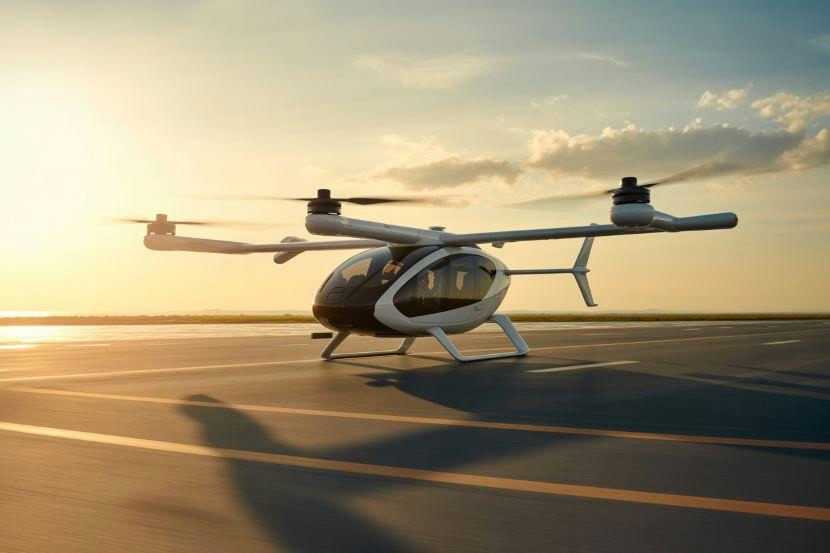
China’s VT35 Autonomous Air Taxi Launches with 125-Mile Electric Range Connecting Beijing, Shanghai, and Guangzhou
China has marked a significant milestone in the evolution of intercity transportation with the introduction of the VT35 autonomous air taxi, an electric, pilotless aircraft developed by EHang Holdings. Engineered for medium- to long-range travel, the VT35 boasts a 125-mile range on a single charge, targeting major economic centers such as Beijing, Shanghai, and Guangzhou. This innovation is poised to drastically reduce travel times, transforming journeys that typically take two hours by road into flights lasting less than 30 minutes, while simultaneously offering a sustainable alternative to conventional transport methods.
The VT35 embodies a notable advancement in electric vertical take-off and landing (eVTOL) technology. By eliminating the need for onboard pilots, the aircraft delivers a fully autonomous and environmentally conscious travel experience. Its launch coincides with EHang Holdings’ broader strategy to develop a network of low-altitude air mobility corridors, potentially enhancing connectivity across key regions including the Yangtze River Delta and the Pearl River Delta with unprecedented efficiency.
Innovative Design and Passenger Experience
The VT35’s design features a tandem-wing configuration equipped with eight distributed lift propellers for vertical takeoff and a rear pusher propeller for forward flight. Measuring approximately eight meters in both length and wingspan, the aircraft’s compact dimensions enable it to operate from rooftops, parking lots, and existing vertiports compatible with the EH216-S series.
Inside the cabin, passengers encounter a leather-upholstered interior complemented by a touchscreen interface that functions as both a dashboard and entertainment system. This intuitive control panel allows users to adjust temperature, seating, and navigation settings without the need for manual piloting. The autonomous flight system oversees every phase of the journey—from takeoff to landing—utilizing advanced sensors for obstacle detection and avoidance, thereby ensuring a smooth and comfortable travel experience.
Sustainability and Urban Integration
The VT35 is powered exclusively by electricity, resulting in minimal noise emissions that make it well-suited for operation within densely populated urban environments. Its zero-emission propulsion aligns closely with China’s broader environmental objectives, positioning the VT35 as a pivotal component in the country’s pursuit of greener transportation solutions.
Challenges and Market Impact
Despite its promising capabilities, the VT35 faces several significant challenges before it can achieve widespread adoption. Regulatory approval remains a critical hurdle, as authorities must establish comprehensive frameworks to guarantee safety and facilitate integration with existing airspace management systems. Additionally, the development of supporting infrastructure—such as additional vertiports and charging stations—will be essential to scale operations effectively. The VT35 also enters a competitive market landscape, where numerous advanced air mobility start-ups are racing to commercialize their own solutions.
Market response has already indicated growing interest in electric air taxis, prompting competitors to accelerate their development efforts and expand their operational scope. On the international stage, regulatory trends are evolving in parallel; for instance, the US Department of Transportation recently initiated a pilot program for advanced air mobility, a development that could influence global regulatory standards and shape the operational environment for air taxis like the VT35.
As the VT35 prepares to redefine urban and intercity travel in China, its ultimate success will hinge not only on technological innovation but also on the ability to navigate complex regulatory, infrastructural, and competitive challenges within the rapidly developing air mobility sector.
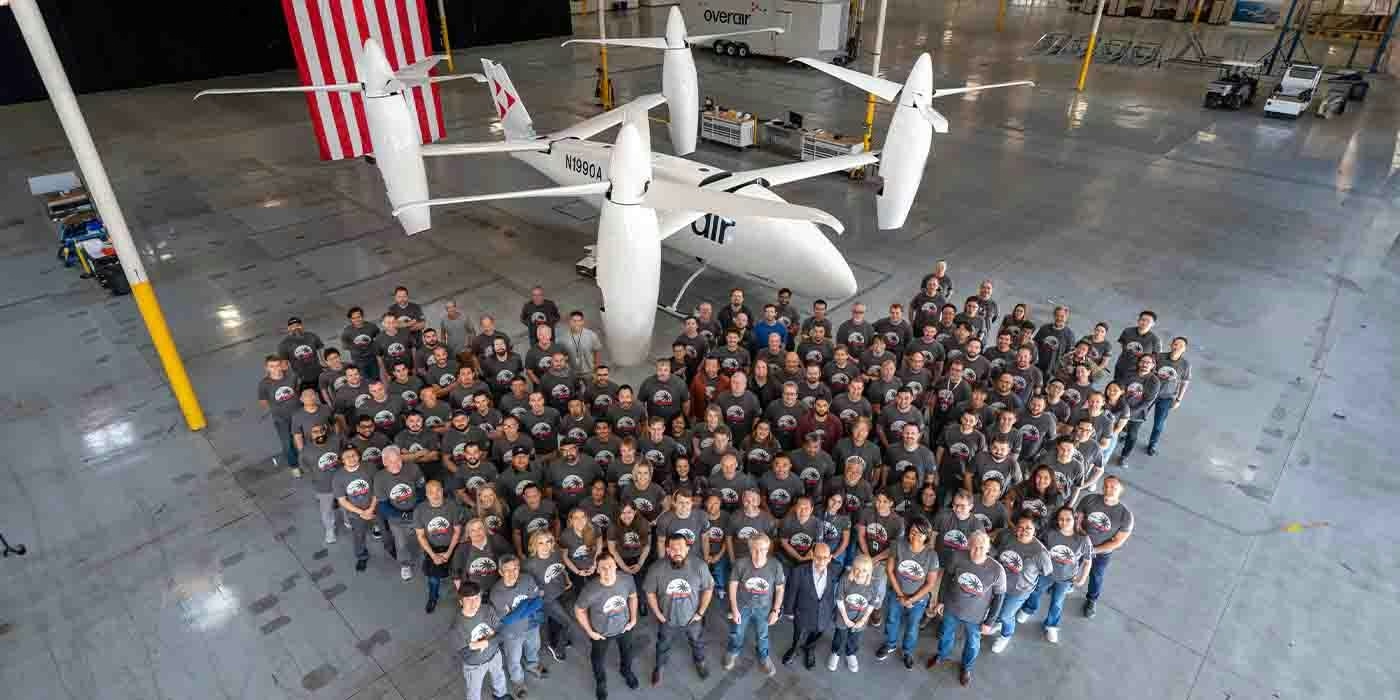
Unique mixed-propulsion eVTOL completes transition flight testing
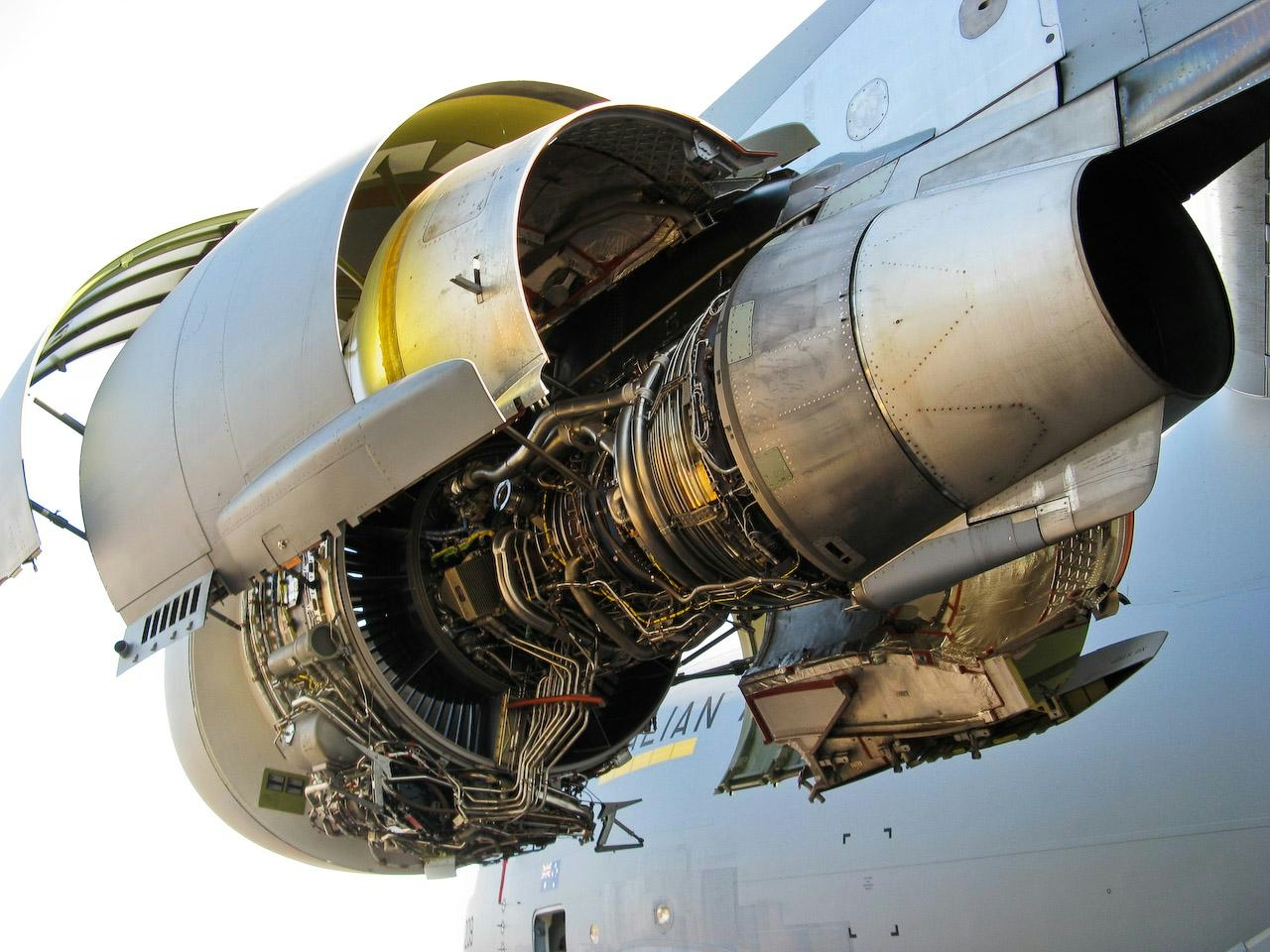
Are C-17 Globemaster Engines Derived from Boeing 757?
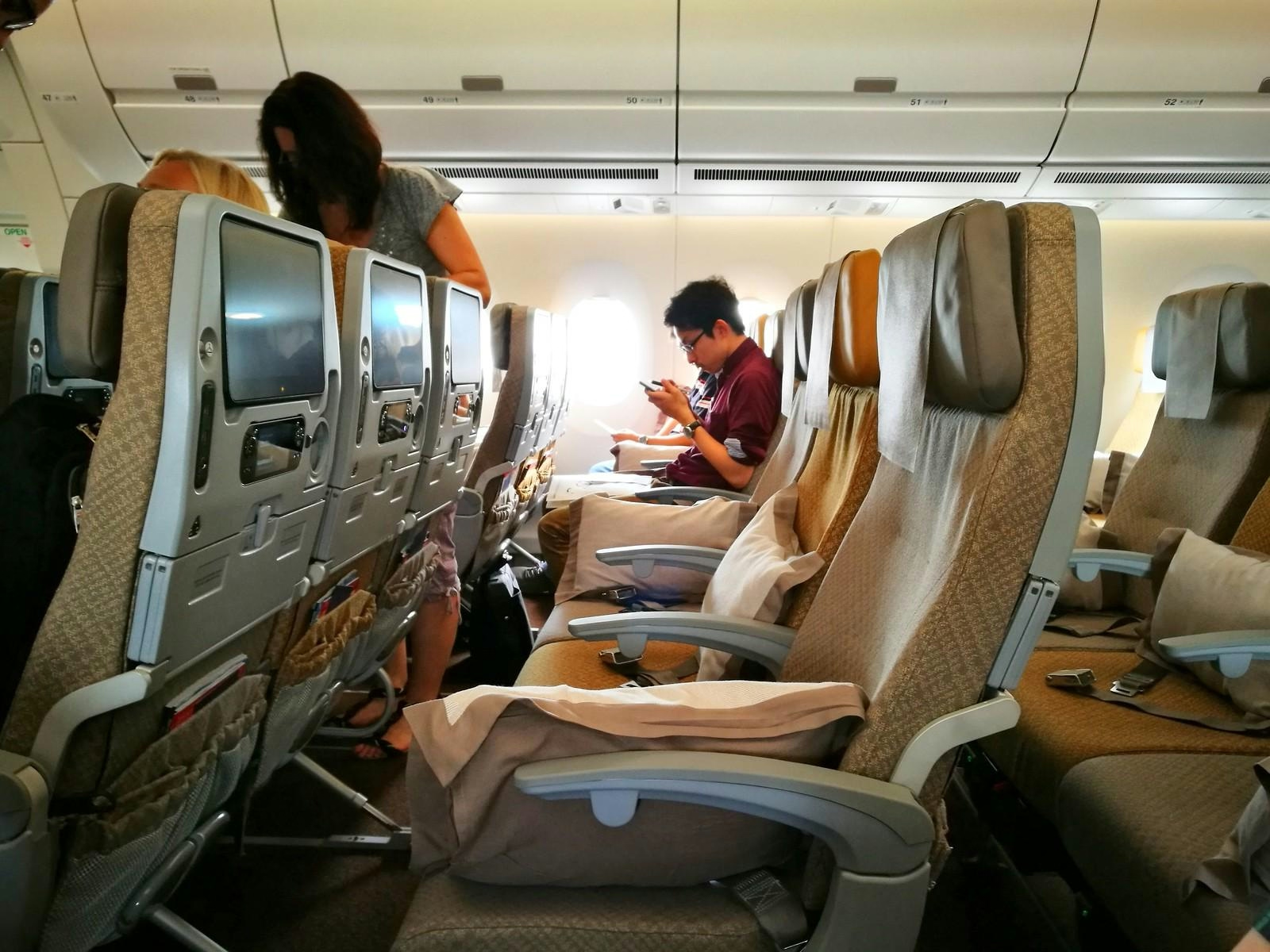
Why the Airbus A350’s Cabin Is Quieter Than Other Aircraft
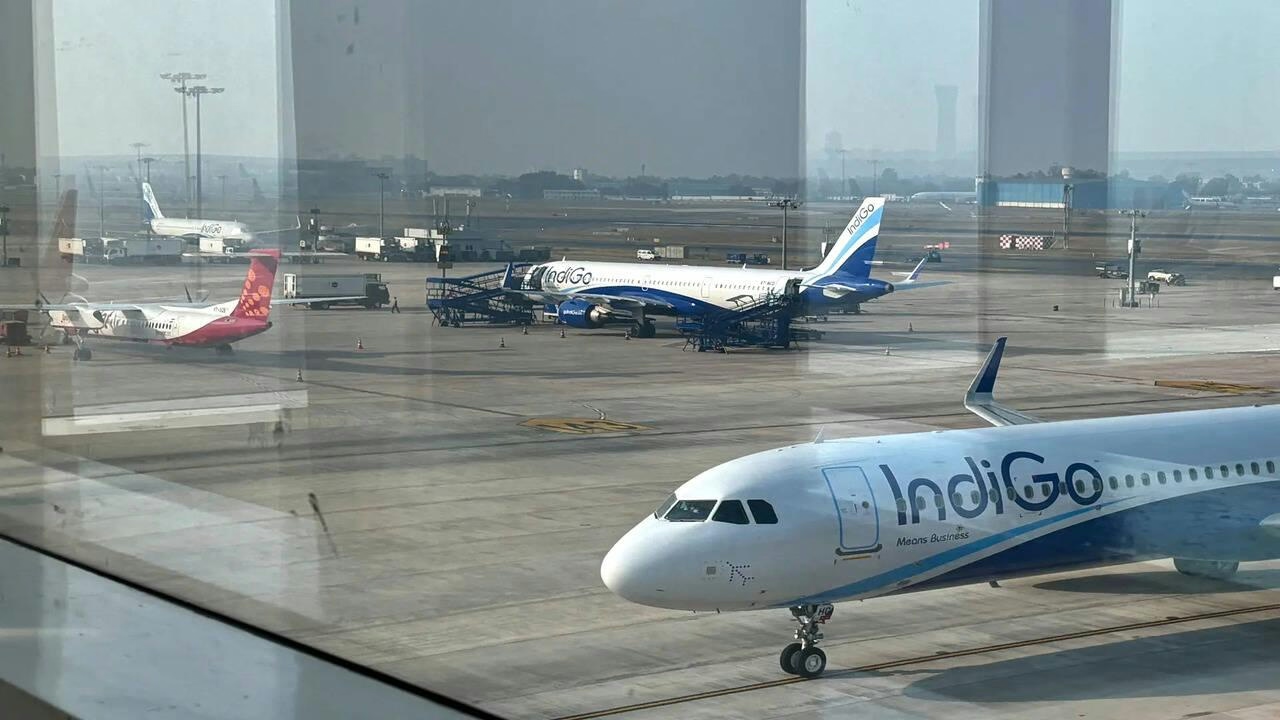
AI and AI Express Plan to Increase Capacity Amid IndiGo Flight Disruptions
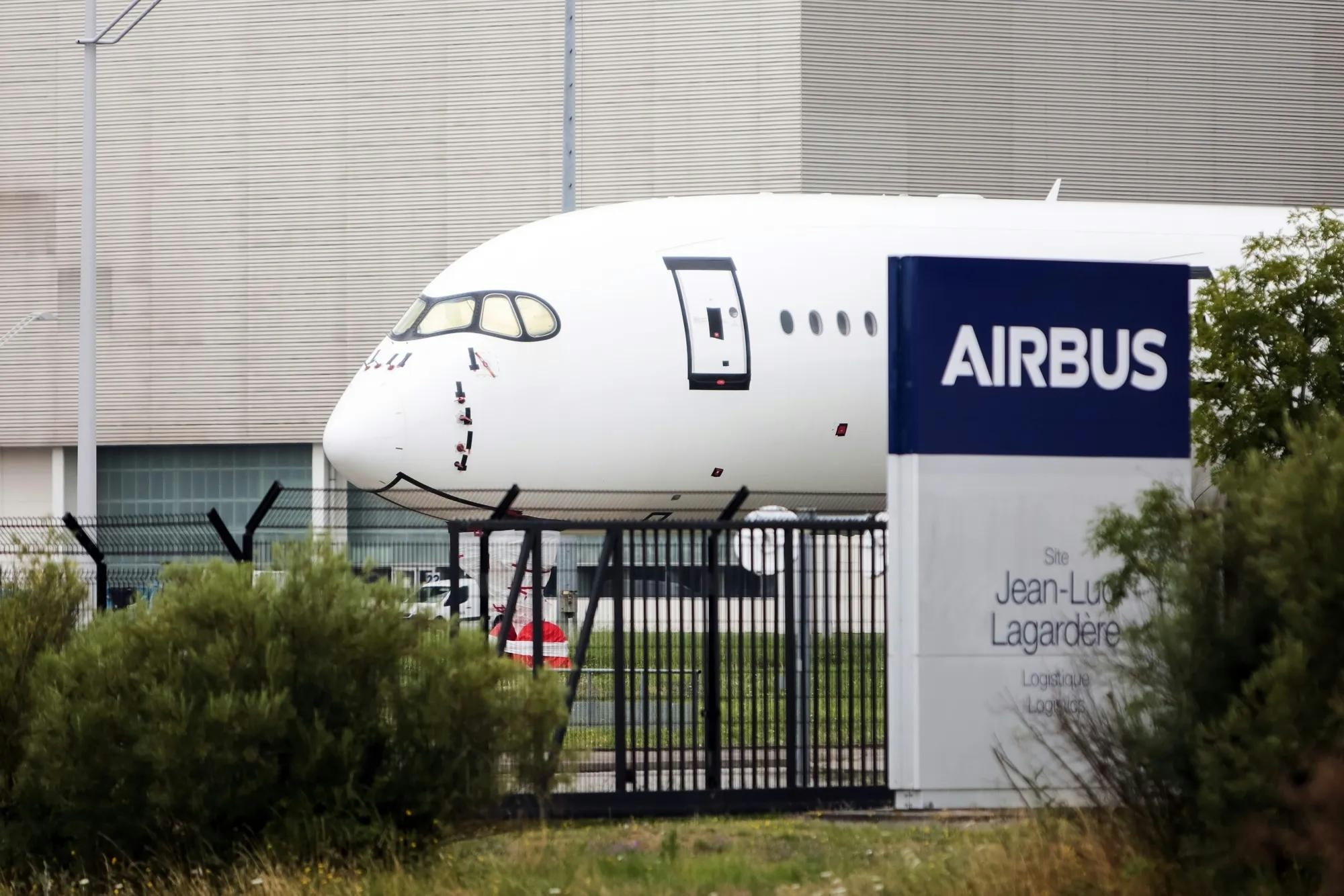
Kazakhstan and France Agree on Airbus Aircraft Deliveries
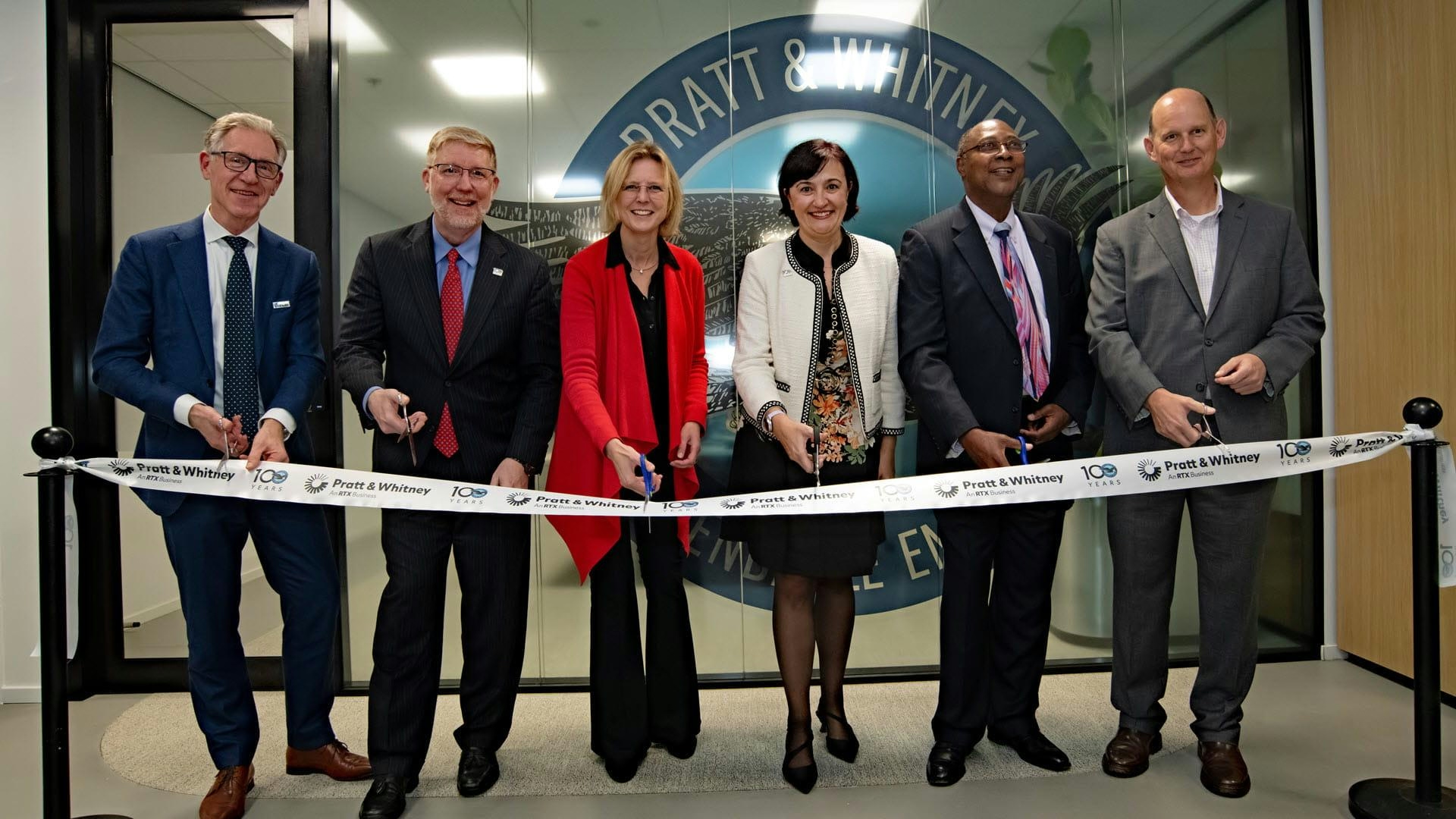
Europe’s Emerging Talent Drives Aviation Innovation
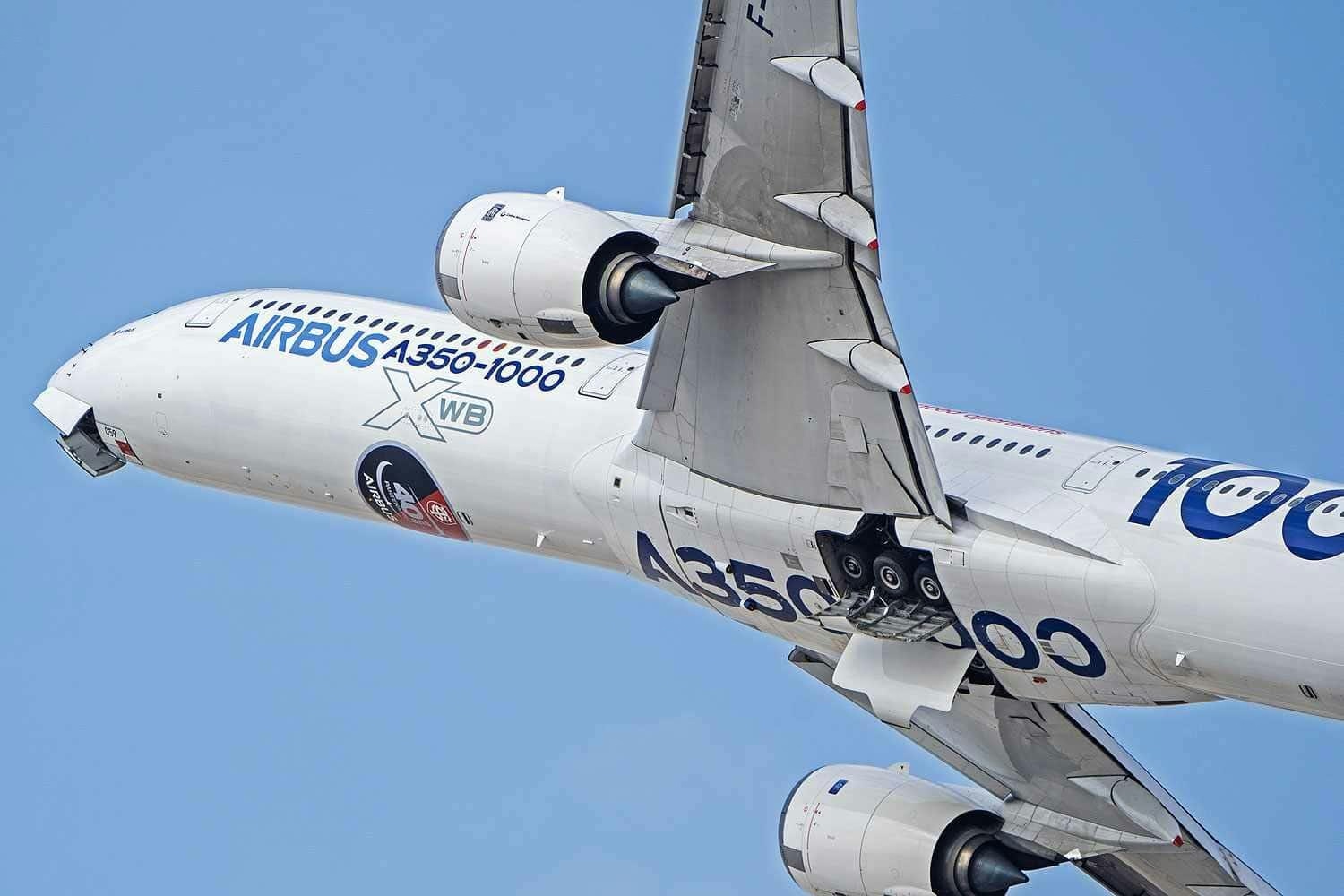
Airbus Receives New Order for A350-1000
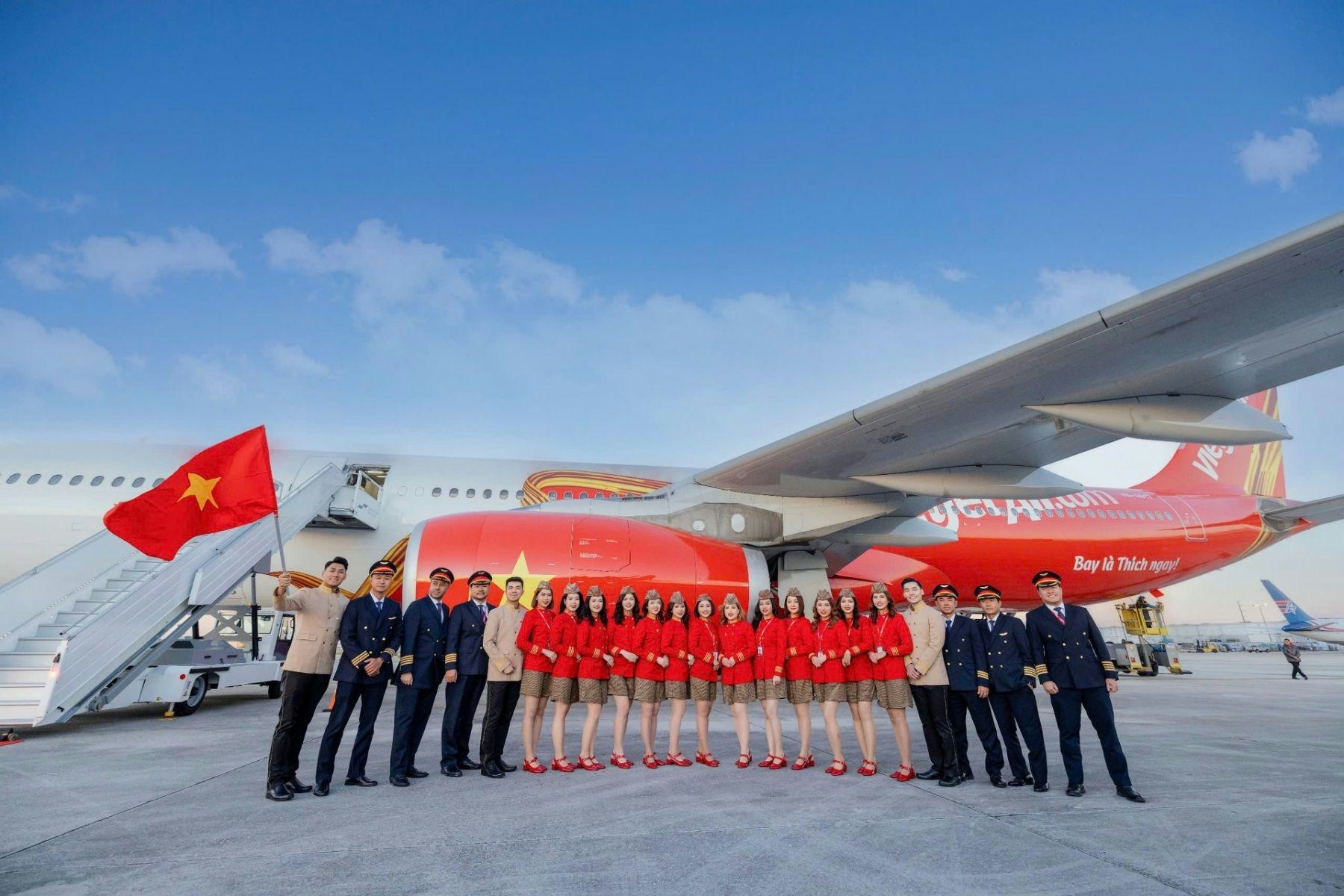
The Leading Widebody Aircraft in Service Today
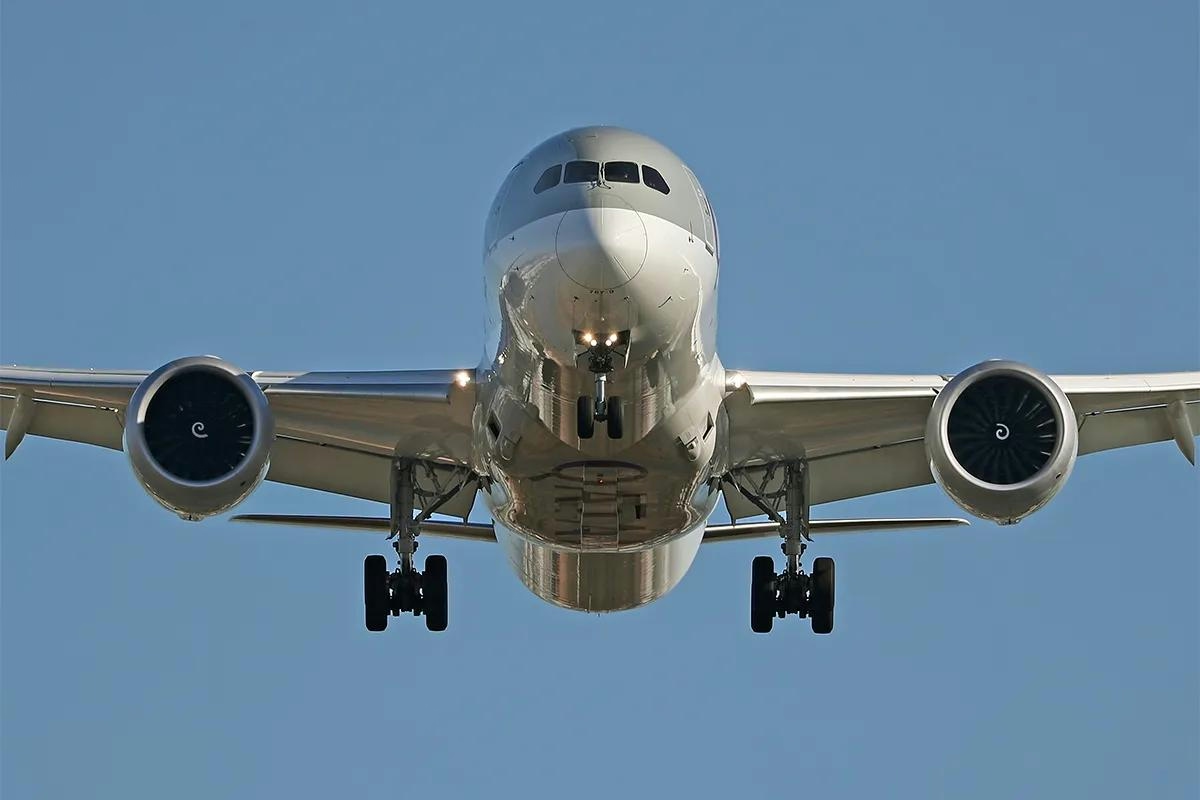
The Fastest Boeing Jet Currently in Service
